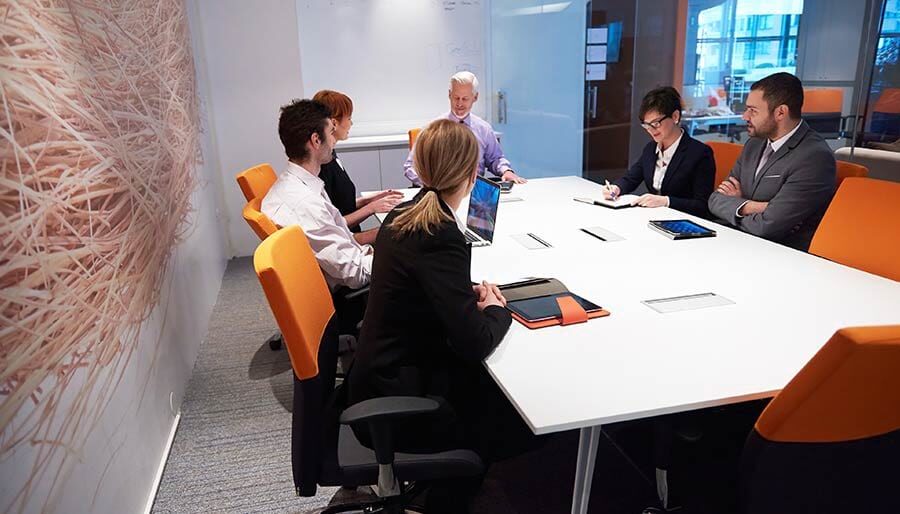
Over the last 20 years the sophistication of printing systems and technology has grown to a point where the next step towards realising printed electronics will be in reach for a range of applications and companies, including SMEs. However, to do this, there is a need for a low cost conductive ink, which can act as the platform for developing more complicated and valuable technologies. This will accelerate the time to market for new electronic enabled products by utilising printing technologies that already exist within the EU.
The CLIP project brings together a selection of key EU research institutes, high tech SMEs and industry associations, drawing on their specialist technologies, application knowledge and depth of expertise in printing and nanotechnology.
Printed electronics aims to enable cheaper, greener and more flexible technologies to enable printing technologies to lay down circuits and components directly onto a substrate, replicating the current capabilities of printed circuit boards. This will enable EU industry to produce products with enhanced functionality, whether in RFID tags, circuits, sensors without the need for toxic chemicals, with minimum waste and at lower cost.
The project will focus on three development aims:
- development, formulation and feasibility assessment of several lower-cost alternatives for Silver nanoparticle based conductive inks.
- for these lower-cost inks finding alternatives for conventional screen printing, which allow digital printing combined with high resolution printing and enable contactless printing, which improves quality and reliability of circuits.
- demonstration of system concepts for Printed Electronics in two different application domains:
- Printing of smart packaging tags and labels, specifically for pharmaceutical applications.
- High speed low cost antennas for contactless cards and RFID tags Main impact on SMEs will be:
- Allow SMEs to access extensive new markets and customers with large potential for revenue generation;
- Allow SMEs to surplus their current products or product offering with remarkable, new, high-valued features that will increase (perceived) product value;
- Provide SMEs with the information, (partnering) contacts and tools to make the transition;
- Identify the costs/impacts involved to allow SMEs to make an informed decision.